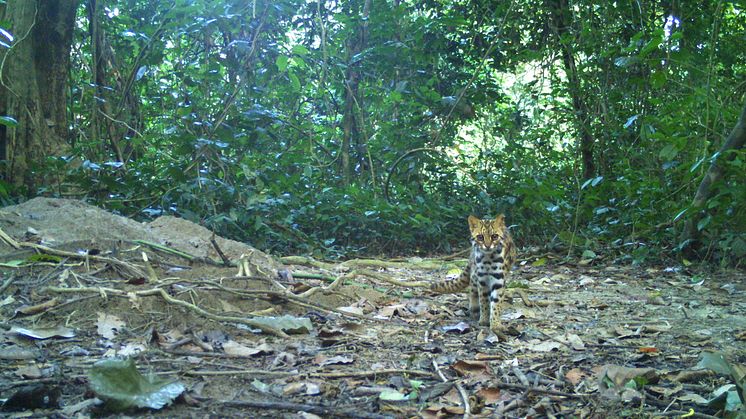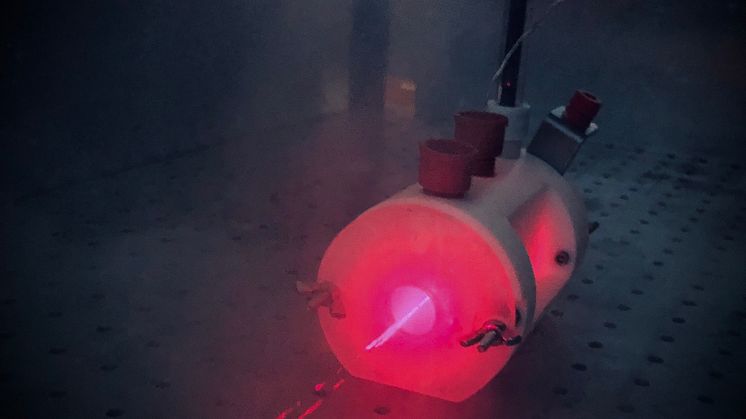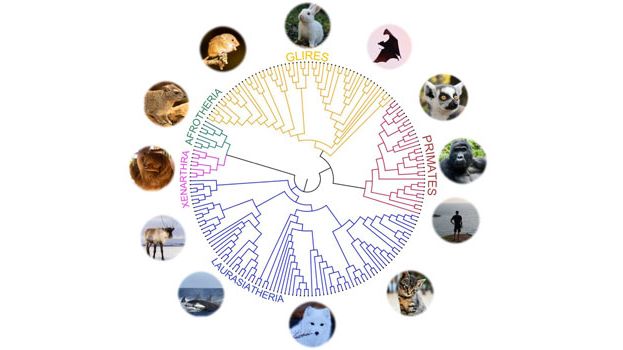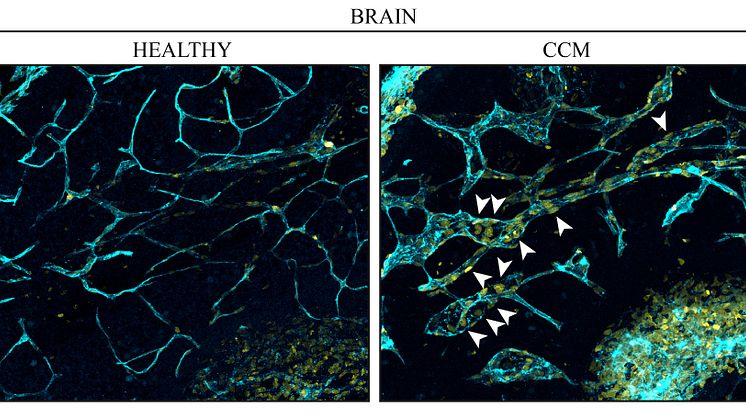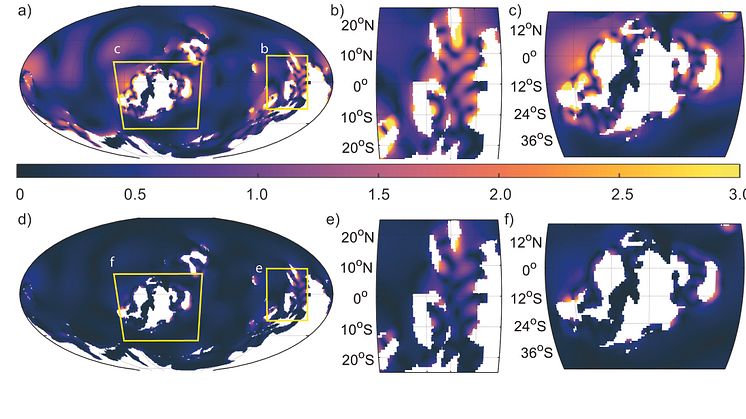Promising treatment for premenstrual dysphoric disorder, PMDD
The mental symptoms of premenstrual dysphoric disorder improve following treatment with a progesterone receptor modulator, as demonstrated by SciLifeLab researcher Erika Comasco and Professor Inger Sundström-Poromaa, Uppsala University. The mechanism of action of the study drug provides insights into the potential molecular mechanisms underlying this psychiatric disorder and its treatment.
